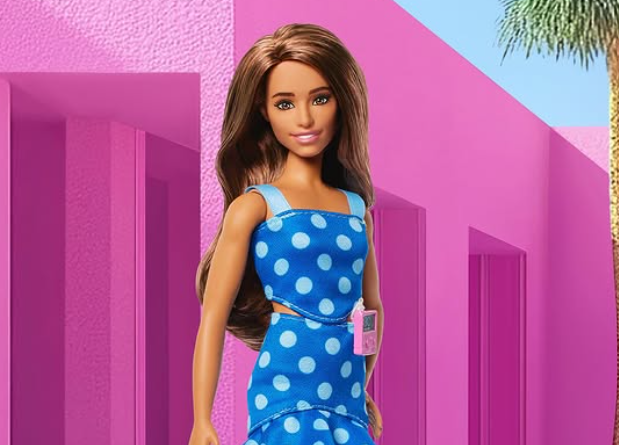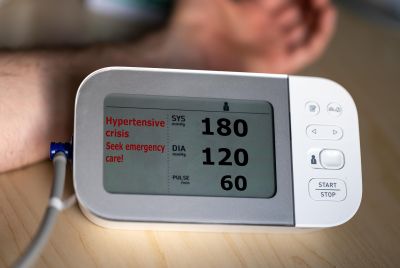Why Mattel Created a Type 1 Diabetes Barbie Doll: A Focus On The Growing Health Crisis Among Young Girls
Mattel's new Barbie includes insulin devices to reflect real-life experiences of children with Type 1 diabetes

Mattel has launched its first-ever Barbie doll with Type 1 diabetes, a move that highlights both the importance of inclusive representation and the rising health challenges facing young girls in the UK.
The release is part of the brand's ongoing efforts to reflect real-life medical experiences in children's toys.
Barbie Doll with Type 1 Diabetes: Why It Matters
Part of Mattel's popular Fashionistas range, the new Barbie features key diabetes management tools, including a pink continuous glucose monitor (CGM) on her arm and a visible insulin pump at her waist. She also comes with a smartphone showing a CGM app and a small bag for supplies or snacks.
Mattel worked closely with Breakthrough T1D (formerly JDRF) to ensure that the doll's medical features are accurate and educational. Krista Berger, Senior Vice President at Mattel, explained that the goal was to help children feel represented and supported through imaginative play.
Lila Moss Inspires Type 1 Diabetes Barbie for Better Representation
British model Lila Moss, who has lived with Type 1 diabetes since age 12, collaborated closely with Mattel in designing the new Barbie. Known for confidently wearing her insulin pump and glucose monitor on fashion runways, Moss worked on every detail of the doll, from its hairstyle to the inclusion of diabetes devices.
In an interview with Vogue, she said creating the Barbie was 'a sort of healing experience' and hopes it helps children with T1D feel 'more proud and represented.' The doll wears a blue polka-dot outfit inspired by global diabetes awareness symbols and comes with realistic medical accessories, including a CGM, insulin pump, and smartphone app.
The Growing Type 1 Diabetes Crisis Among Children in the UK
Roughly 30,000 children in the UK are currently living with Type 1 diabetes, and the number is steadily rising. Unlike Type 2 diabetes, which is often linked to lifestyle, Type 1 is an autoimmune disease that typically develops in childhood and requires lifelong treatment.
Young girls with Type 1 diabetes face daily routines that include blood sugar checks, insulin management, and strict dietary monitoring. These demands can be emotionally draining, particularly in school or social settings. Experts believe that inclusive toys like this Barbie can foster empathy, reduce stigma, and support emotional well-being.
UK Community Praises Type 1 Diabetes Barbie Doll Launch
The UK response has been overwhelmingly positive. One parent shared on Reddit, 'My T1D kiddo plays with Barbies so this will be an exciting day when she gets one,' highlighting the emotional impact of the doll.
Diabetes forums called the release 'a welcome step' in normalising chronic conditions. Karen Addington, CEO of Breakthrough T1D UK, told The Guardian: 'This doll will be a powerful role model, celebrating (children's) strength and bringing recognition, inclusion, and joy to their play.'
Why the Type 1 Diabetes Barbie Is More Than Just a Toy
The launch of the Type 1 diabetes Barbie highlights a shift in how toy manufacturers are addressing chronic health conditions. By including visible medical devices such as insulin pumps and CGMs, Mattel aims to reflect the lived experiences of children managing Type 1 diabetes.
According to health charities and advocates, increased visibility in toys can help normalise medical differences, promote inclusion, and support early health education. As cases of Type 1 diabetes continue to rise among young girls in the UK, such products are being seen as important tools for improving awareness and reducing stigma.
© Copyright IBTimes 2025. All rights reserved.





















